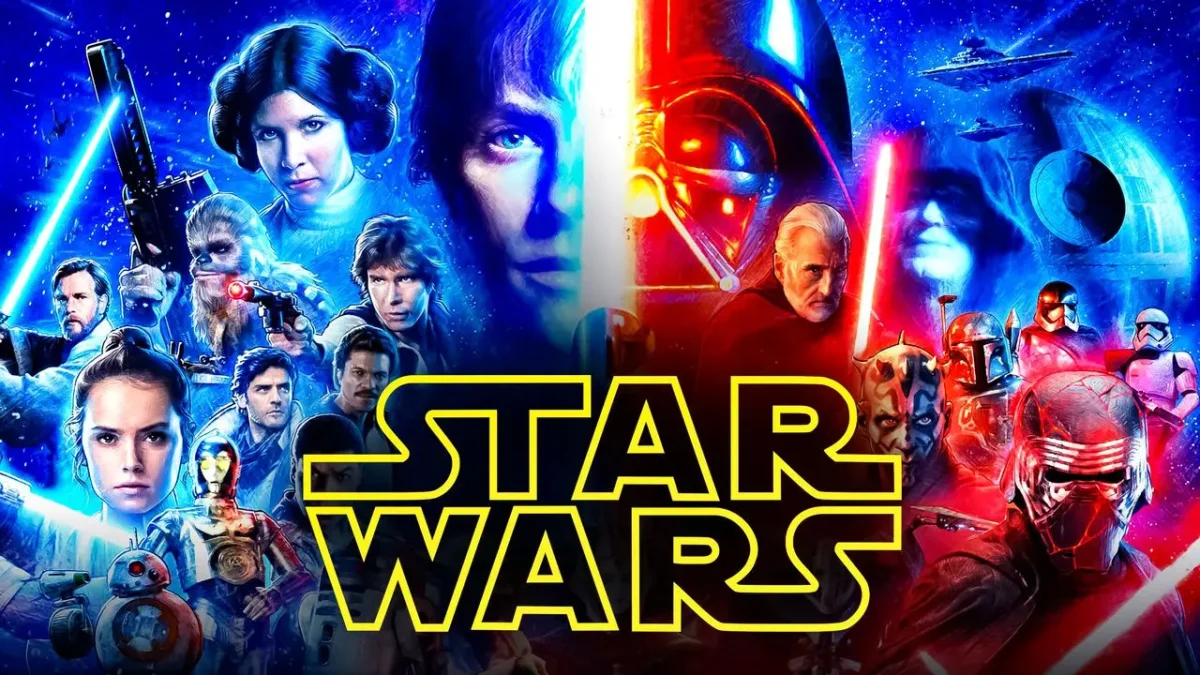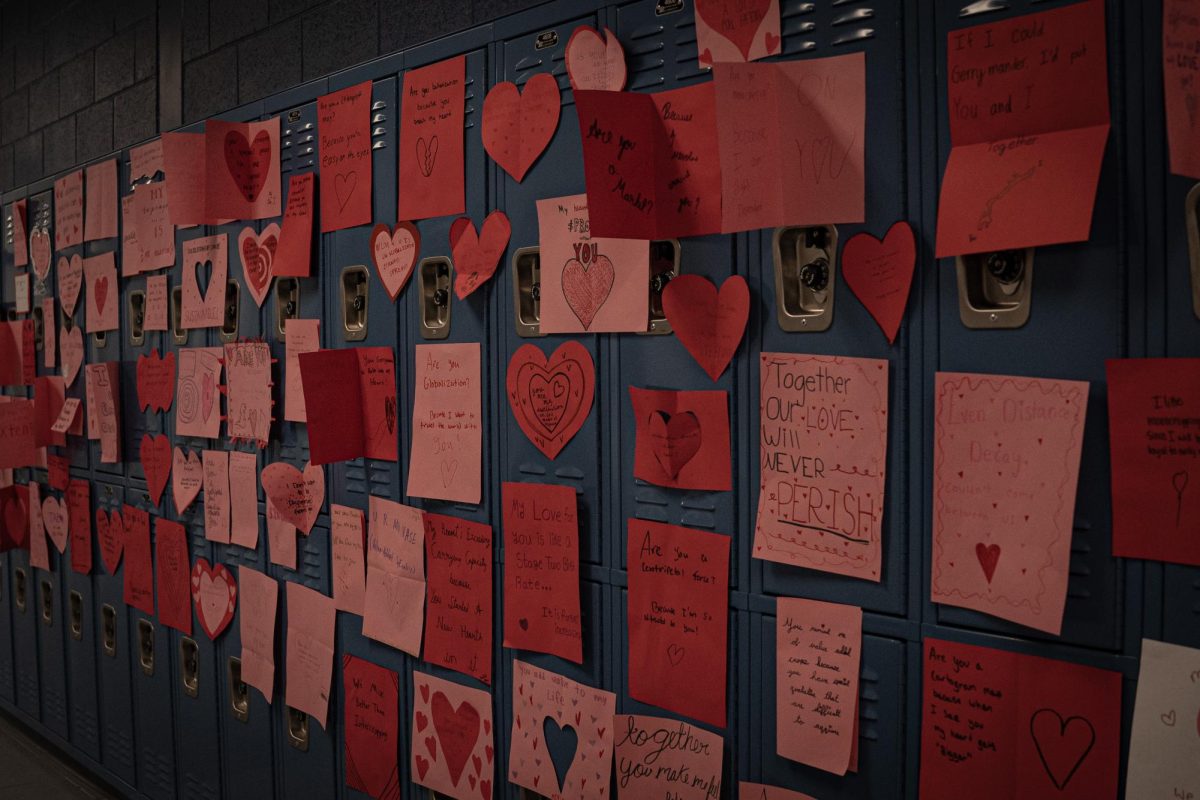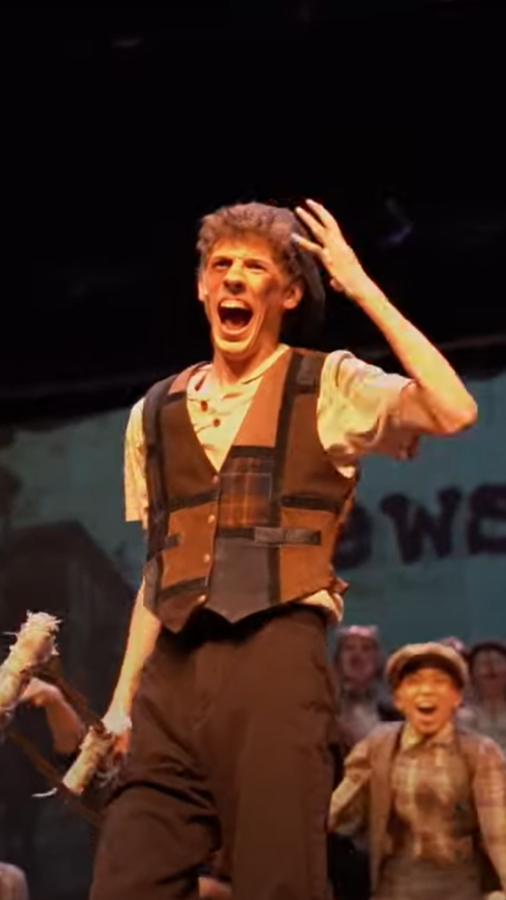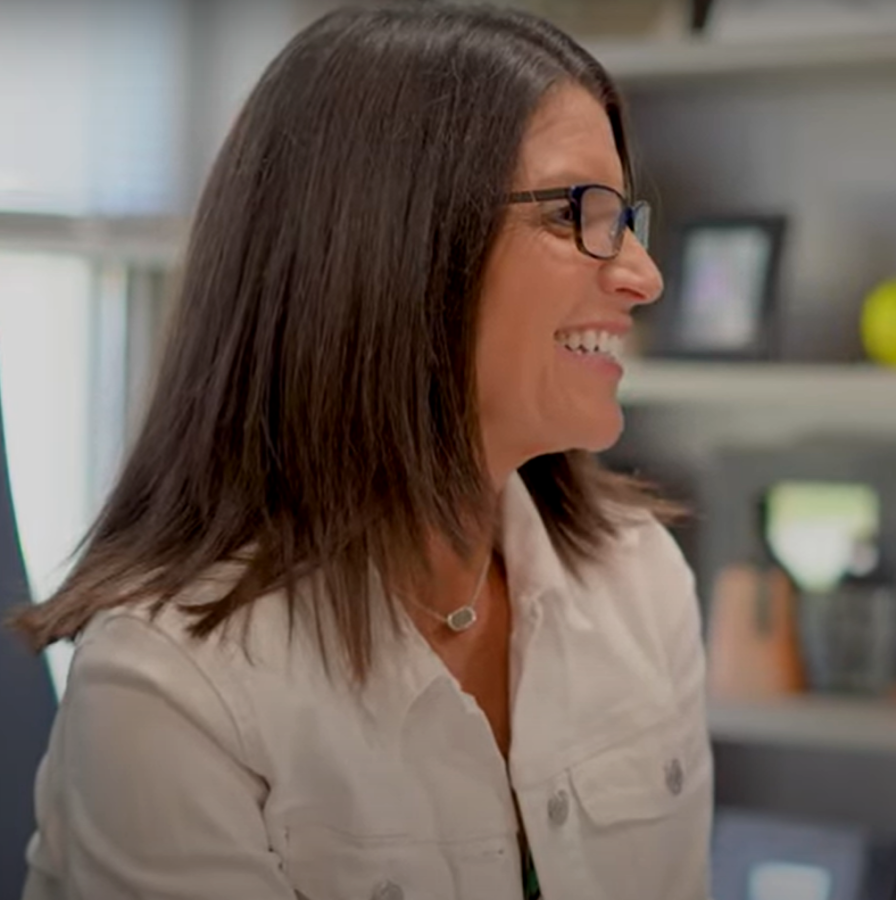
“Just ChatGPT it”: a common phrase circulating around schools this past year. Many people are aware of artificial intelligence, but its capabilities are advancing at speeds never seen before. The concept of utilizing the internet as an educational aid is not new; AI just adds to the already stuffed toolbox of resources available to users. However, students are no longer limited to just looking up homework answers. Tedious tasks like essays that once took hours can now be completed in mere seconds with AI.
With all of the imaginative uses AI brings to the table, this explosion of usage begs the question of what this means for classes. AI can come in many different shapes and forms, but the most infamous one is ChatGPT. Simply by copy-pasting the prompt offered by one’s English teacher, students get their very own AI-written essay to easily meet deadlines. Many people may not have realized it, but Grammarly is an example of an AI tool produced to assist students.
Bans on artificial intelligence vary from school to school. On one end of the spectrum, teachers actually encourage their students to use AI in order to generate ideas for classwork. From then on, they prefer students to add their own creative ideas. This helps with time constraints while still allowing the student to express their own creative vision and showcase their individual writing style. One student at Denmark, Pritika Narla, believes teachers could one day use AI algorithms to “analyze large amounts of data to identify their students’ strengths and weaknesses, which can help them to make educational content.” The words “artificial intelligence” can leave a sore taste in many people’s mouths, but in the coming future, this may not be the case as the benefits of AI continue to expand.
“When asked to visualize the future, most imagine a sci-fi city with flying cars and classes taught by robots.”
Modern classrooms are illustrated with the visual of students sitting in front of devices while teachers employ digital touchscreens at the front of the classroom. In this visual, certain educational tools once deemed revolutionary are now anceient. The diminished use of traditional whiteboards and paper tests begs the question of whether teachers entirely could be replaced. Some teachers like the traditional route, acquitting this reason for fear of integrating AI in classrooms. Not only do students use AI as a teacher, but they also take the next step to have it complete assignments for them. Teachers have turned to AI itself to combat this. ChatGPT or AI-based plagiarism checkers like Turnitin can detect AI-generated work.
Aarya Baing, a senior at Denmark, shares that her AP Literature teacher employs AI checkers,”but they can help generate and organize ideas, and are accepted amongst most teachers.”
Some sly students, though, have come up with a solution to combat the rise of AI checkers: by changing a few words or typing instead of copy-pasting, AI-generated work is rendered undetectable. Some teachers can recognize when AI is used because the essay or short-answer response is not in the students’ authentic writing voice, but assignments where only one answer is correct allow for an imperceptible scheme. A rise in grades has always been an indicator of cheating, yet those who use AI throughout the year remain stagnant.
It is crucial to keep in mind that AI is not flawless. Commands carried

out by them are only possible through codes that humans have written. It has proven itself to be flawed by exhibiting signs of discrimination or bias based on the views of its creators. Bias can also be created due to the way it personalizes experiences for users. Even the number of times a certain video has been watched on a social media platform will affect what users see in the future. With AI chatbots, this could result in responses being created to match a user’s preexisting ideals.
These setbacks are of utmost importance to the current and new generations of computer scientists working on the increased incorporation of AI in the modern world. Although solutions to these problems are possible in the near future, to ensure the safety and integrity of all, further testing should be required before fully integrating artificial intelligence into education. When asked to visualize the future, most imagine a sci-fi city with flying cars and classes taught by robots. Regardless of the alarming speed of AI evolution, robots replacing teachers in the coming decades is highly unlikely. For now, it is crucial to remember that AI can be used as a guide on assignments as long as ethical limitations are recognized.






































Hannah L. • Nov 28, 2023 at 10:14 am
I loved how you introduced the possible future of AI using the phrase, “The words ‘artificial intelligence’ can leave a sore taste in many people’s mouths, but…” It was a clear transition and easy to follow along.
Grace Welicky • Nov 28, 2023 at 10:07 am
love the ideas that students came up with to use the new tech for good and the way they’re described. 🙂